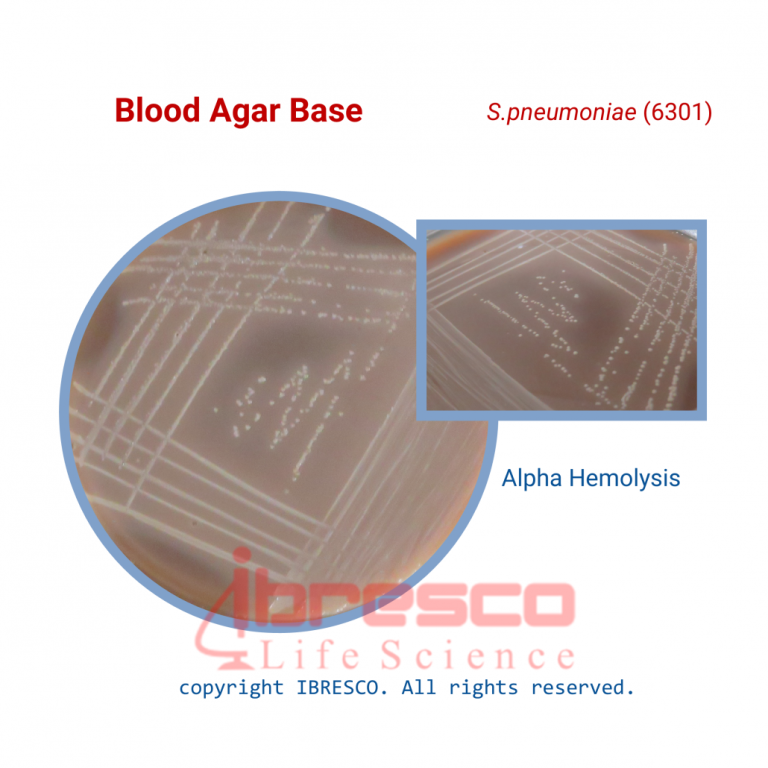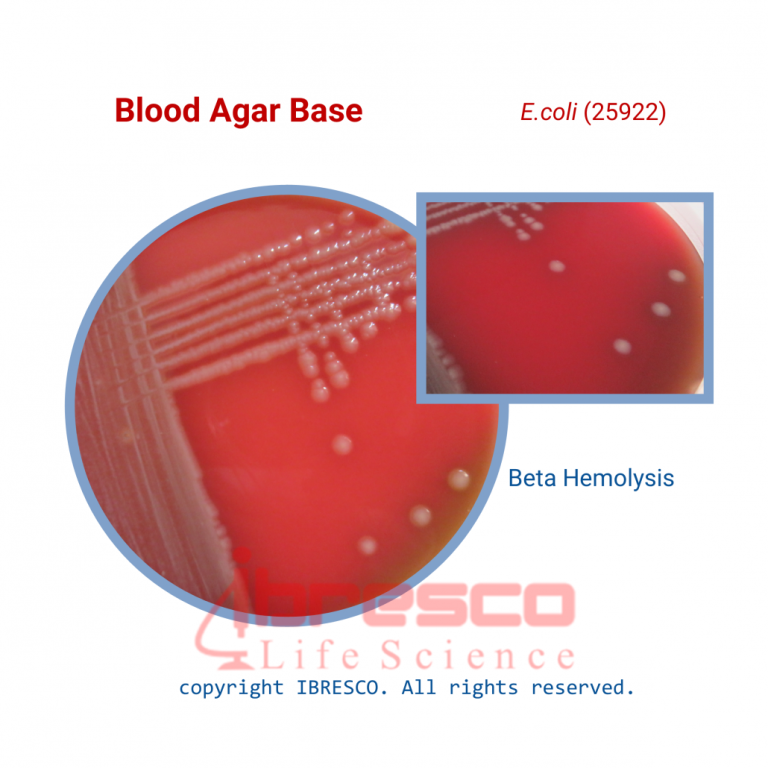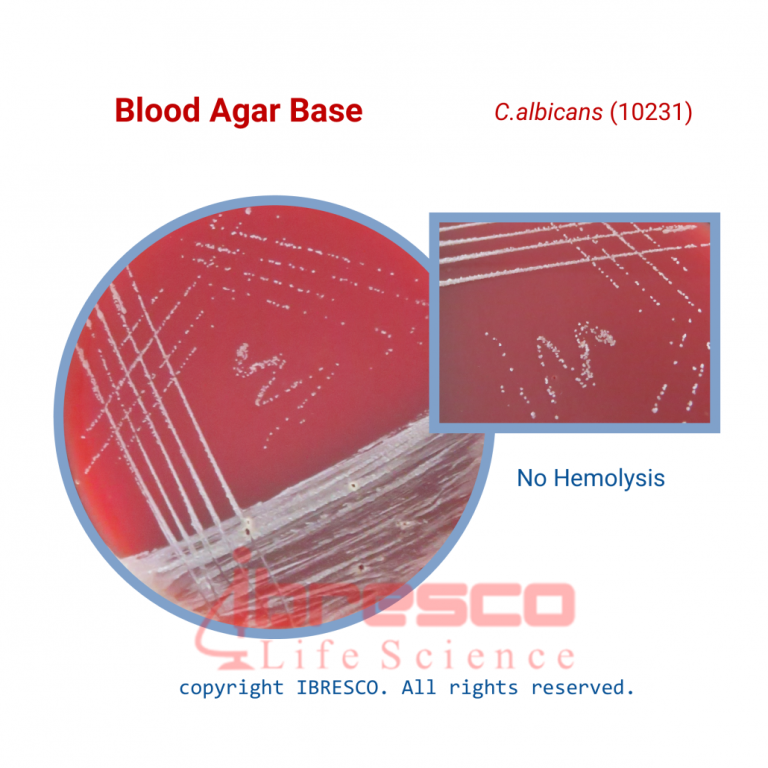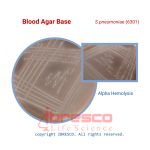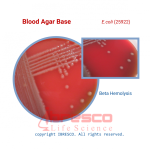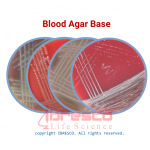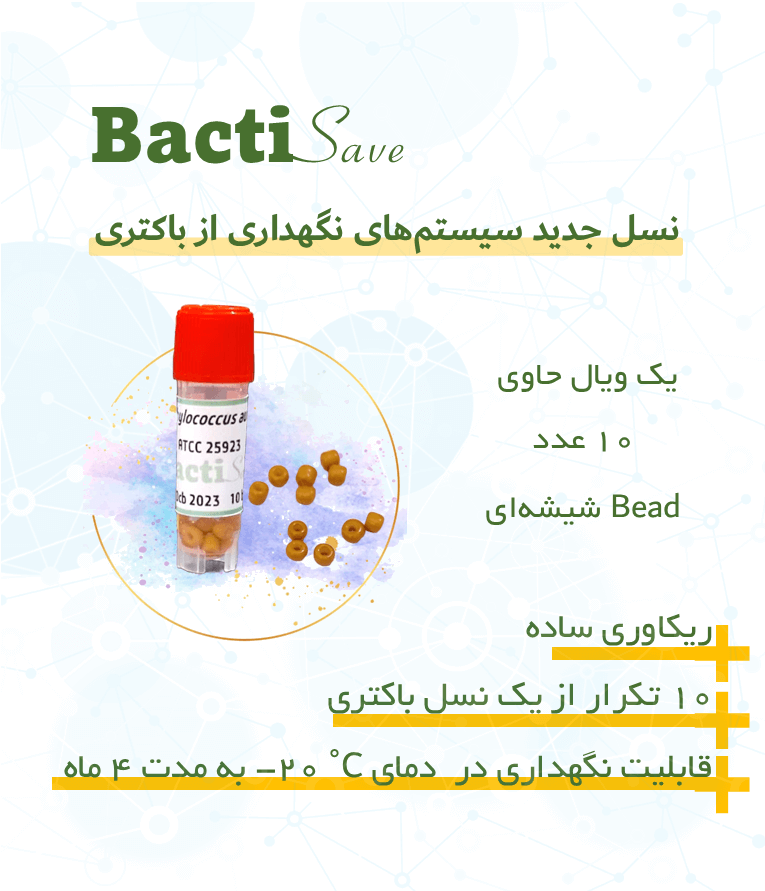- Shake the container well. Dissolve 40 grams of the culture powder in one liter of distilled water. Heat it gently until the media completely dissolves.
- Autoclave at 121 degrees Celsius for 15 minutes.
- After autoclaving, cool the media to 45-50 degrees Celsius, add 4-5% defibrinated sheep blood, and mix it well.
- Before adding the blood, the prepared media should be clear and yellow-brown in color.
- Prepared Blood Agar plates can be stored in the refrigerator for up to three months.
Prepare the Chocolate Agar culture media by boiling it.
- After adding hemoglobin to the Blood Agar base media, boil and mix the culture media for 10 minutes at 80 degrees Celsius until it turns brown (chocolate color).
STORAGE:
The medium powder should be kept tightly closed and stored at temperatures below 30 degrees Celsius, and the medium should be stored at a temperature of 2-8 degrees Celsius. The best time to use is before the expiration date printed on the product label.


